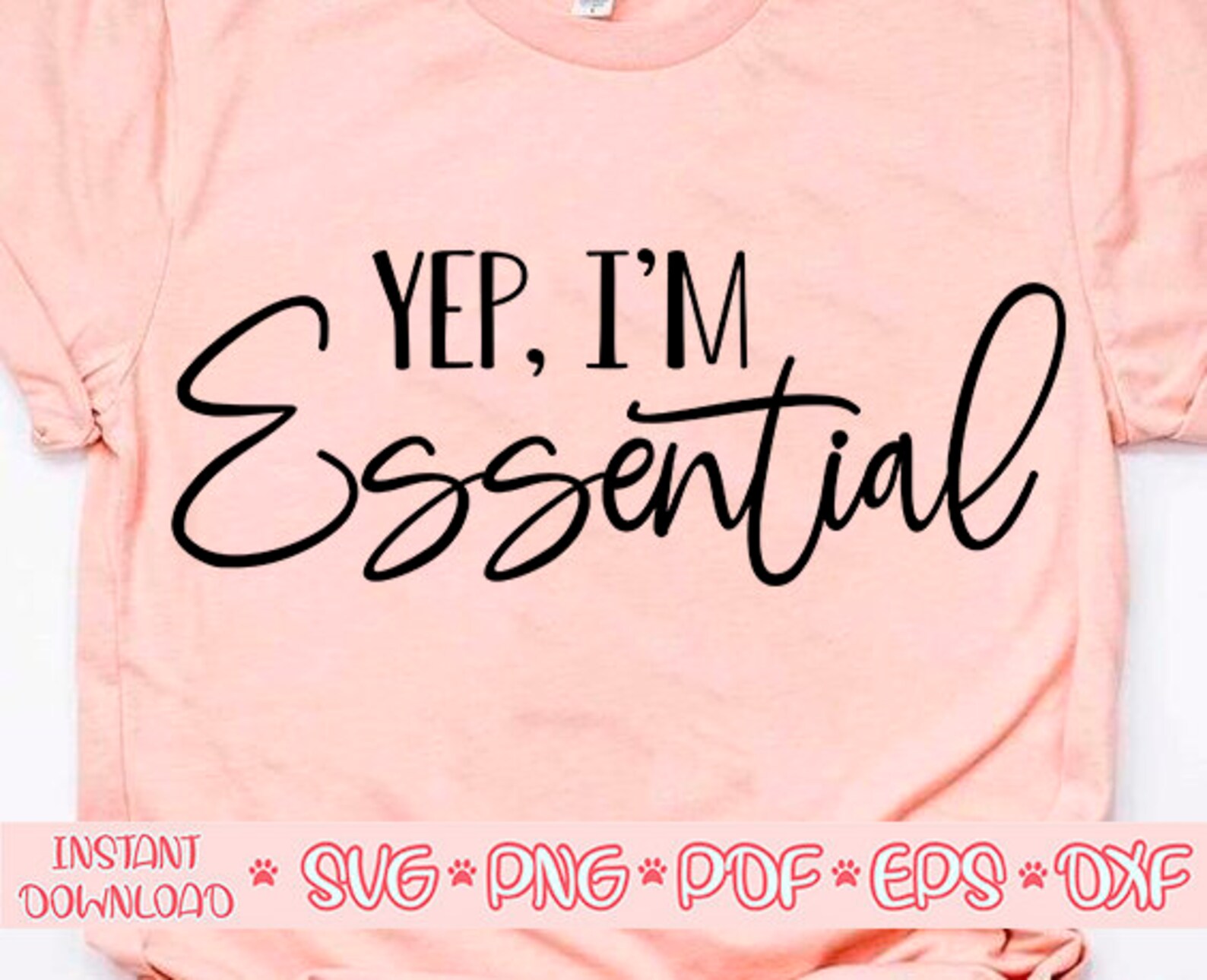
In the meantime, it’s not a reason to not buy the seat because it’s easy to work around. We’ve asked the manufacturer about this and are awaiting their response. It’s strange, because they look identical, but they don’t feel identical. On this particular seat however, the material is slightly rough, while on the front-mounted seat we’ve been using, it’s very smooth. The seat is a lightweight, durable, styrofoam-style material that we’ve really loved on our front-mounted version. With two large holes in the back of the seat, the Yepp Nexxt Maxi has better ventilation than most child bikes seats. This same buckle is on the front-mounted version, but it’s much easier to use when the child is in front of you and you’re cradling them as you undo the buckle. Thule Yepp Nexxt Maxi Shoulder Strap Height Adjustments If you’re starting your child in a rear seat at 12 months, we’d recommend either the Thule RideAlong Lite which has a third lower setting, or the Thule RideAlong which has continuously adjustable shoulder straps that cinch down much lower. As a result, the straps aren’t quite as secure and can more easily shift to the sides. On the 15-month-old, there’s a less-than-ideal gap between his shoulder at the start of the strap. The lower of the two settings is perfect for our tall 22-month-old, so if you’re getting a seat for a slightly older toddler, the Yepp Nexxt Maxi is a great fit. There are only two shoulder strap height placements and the lowest setting is a bit high for most 12 – 18-month-olds.īelow you can see how the shoulder straps fit on our testers. It’s a bit different in Europe.) We tested the Thule Yepp Maxi seat on our 22-month-old (30 lbs.) and a 15-month-old (22 lbs.).īased on the placement of the shoulder straps, the Yepp Nexxt Maxi is better for toddlers and kids at least 18 months old.

Size and Age of ChildĪll of Thule’s rear-mounted seats are rated for babies, toddlers, and kids from 12 months up to 40 lbs. Your rack design may allow you to place the seat back a little father, which would also easily resolve the issue. After a little practice, it was pretty easy to make a slight adjustment to my body position so that shields didn’t hit my legs anymore. Lower Placement of Yepp Nexxt vs Yeppīased on where the Yepp Nexxt Maxi is in relationship to my body, my legs periodically hit the leg shields on my first ride with the seat. According to our measurements, it sits about 2 – 2.5″ lower.

And compared to Thule’s other rear rack mounted seat, the Yepp Maxi, the Yepp Nexxt Maxi sits lower because it attaches directly to the rack, rather than on top of the additional Easy-Fit rack adapter. Weighing in at just 6.6 lbs., the Thule Yepp Nexxt Maxi is the lightest rear seat offered by Thule. Both weight and child placement can have an effect on your balance, which of course also affects your comfort. That said, there comes a time when a child is just too big to be sitting in a front-mounted seat!įor me, when it comes time to transition to a rear-mounted seat, the less weight the better, and also the lower the child sits the better. I personally love front-mounted seats because they don’t affect your balance nearly as much, and you also have a more interactive experience with your toddler. It also places the seat a little bit higher, which does have a slight effect on balance.īe sure to attach the back-up safety strap to your seat post, for the very unlikely event that the seat clamps come loose from the rack. It’s a fantastic seat, but does require a rack adapter that costs an additional $45 or so. While a super quick on and off is really convenient, for a rack-mounted seat with a quick-release, the Yepp Maxi is Thule’s only option.

Seats like the Thule Yepp Maxi and Thule RideAlong have release systems that allow you to take the seat on and off in a matter of seconds. While it’s really simple and only takes about a minute, it’s not exactly what we’d call a “quick-release”. Removing the rack just requires you to turn the knob counter-clockwise to loosen the clamp.


 0 kommentar(er)
0 kommentar(er)
